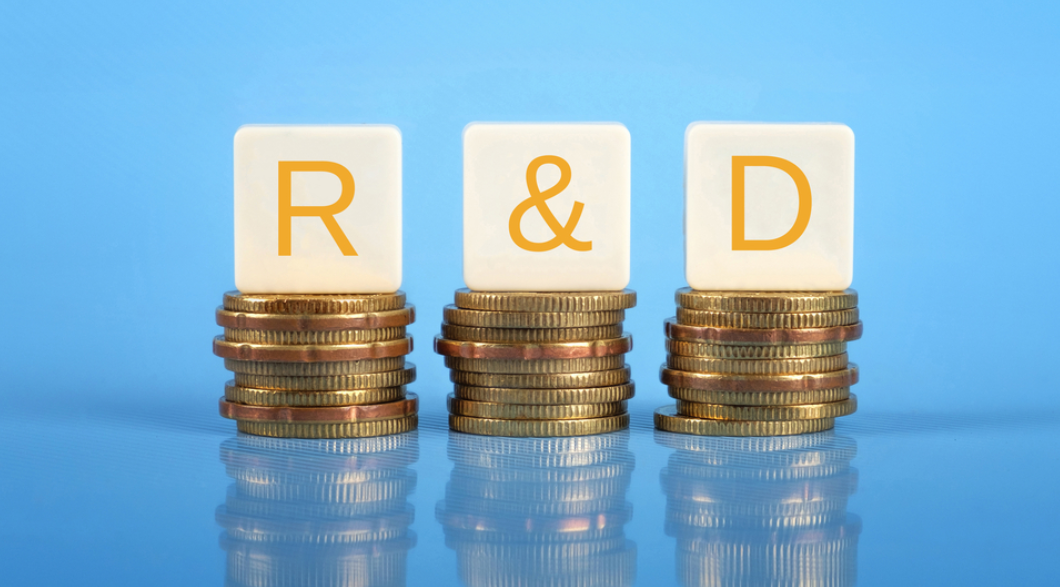The R&D Tax Incentive is a significant boost for small to medium sized business with a turnover of under $20m. However, the mechanics of understanding “how does the R&D Tax Incentive work for small business” can be a difficult concept to grasp.
Is the R&D Tax Incentive a grant?
The R&D Tax Incentive is not a grant. Is an amendment to the tax payable by the company that can potentially result in a refund. It is there to reduce the cost of your business investing into R&D.
A grant is an amount of money paid to you that is contingent on the decisions of another person. If you spend money on research and development, and you fulfill the substantiation and compliance obligations, you will get the R&D Tax Incentive.
In your case your decision to increase your spending on R&D is a direct function of the level of the grant.
Further, government grants are taxable income. The R&D Tax Incentive is an adjustment to your tax payable and is not taxable income.
How is the tax incentive calculated?
The tax incentive is a net benefit. The prima face value of the incentive is 43.5% however you then lose the benefit of income tax deductions at your company tax rate (25%).
So the tax incentive is worth 18.5% of your investment into R&D (43.5% less 25%).
For example :
Your company spends $1m into at-risk R&D.
Your company will receive a tax incentive to the value of $435k.
Your company will lose tax deductions to the value of $1m.
The tax liability of your company will then increase by $250k.
So the net value of the tax incentive is now $185k.
The ordinary thinking is that, without the R&D Tax Incentive you would only spend $815k into at-risk R&D.
How do we account for the R&D Tax Incentive?
The R&D Tax Incentive is accounted for with AASB 120 and AASB 112.
So the full value of the incentive is shown as income and the full tax liability is shown.
If you wanted to show the net value of the tax incentive you would multiple the R&D tax incentive by 42.53% (18.5/43.5)
For example:
The 2022 accounts show the R&D Tax Incentive is worth $435k.
The net value of the tax incentive is $185k ($425k x 42.53%).
Sometimes it is easier to just present the accounts with a reduced tax liability. This is classically easier and less complicated.
Some people prefer to follow the formal accounting standards. This often makes it easier for investors, ordinarily from large PE firms, to review the accounts.
Do you get the full tax incentive each year?
No you do not. The tax incentive reduces the net tax payable by the company.
For example:
You are about to enjoy a R&D Tax Incentive for $185k.
You have a tax liability on ordinary operating income of $103k (which is a tax liability on your profits generated outside of the R&D system altogether).
You have an outstanding GST obligation of $6k that was somehow forgotten.
You will enjoy a cash payment of $76k ($185k less $103k less $6k).
Is the R&D Tax Incentive worth the same in previous years?
No it is not. As the company tax rate is reducing the tax incentive is increasing.
So for the 2021 tax year the company tax rate was 26%. So the R&D Tax Incentive was worth 17.5% (43.5% less 26%).
So for the 2020 tax year the company tax rate was 27.5%. So the R&D Tax Incentive was worth 16% (43.5% less 27.5%).
The company tax rate is forecast to stay at 25%.
What is the downside of the tax incentive?
If you reduce your tax payable you will reduce your franking credits (tax credits) for your company.
So ultimately, when your company pays a dividend, your ability to pay franked dividends (dividends with a tax credit for the underling tax) will be reduced.
So a shareholder, ultimately, pays the same tax.
For example:
Your company would ordinarily have paid $250k in tax on $1m in profit.
Because of the R&D tax incentive the company only paid $150k in tax (so a $100k tax reduction).
The extra $100k is invested into working capital by the company.
Later on, the company is declaring a dividend.
If no tax incentive was claimed, and the company paid the full tax liability of $250k it could declare a $750k dividend ($1m less $250k). And a high income shareholder (47%) will incur a tax liability of $220k on the $750k dividend (a primary face liability of $470k less $250k).
In this instance the shareholder has $530,000 left over.
If the tax incentive was claimed, and the company only paid $150k in tax, it could declare a $850k dividend ($1m less $150k). And a high income shareholder (47%) will incur a tax liability of $320k ($470k less $150k).
In this instance the shareholder has $530,000 left over.
The value of the R&D Tax Incentive to the company is only a benefit to the company. It does not carry over to the shareholders.
The shareholders pays the same amount of tax in either scenario (so the same amount of tax comparing the two positions) with or without incentive) regardless of their personal tax rate.
Of course, if you are not paying dividends the “downside” is not so serious.
To understand the R&D tax incentive and to ensure you comply with the tax law with the onerous tax laws you should engage qualified tax advisors who understand the dynamics of founder-led family-owned businesses. At Westcourt our single focus on family owned business, with clear targeted tax ready audit ready strategy and global network makes us a clear choice for understanding how to generate the maximum value out of the R&D Tax Incentive. So why not call us today?






